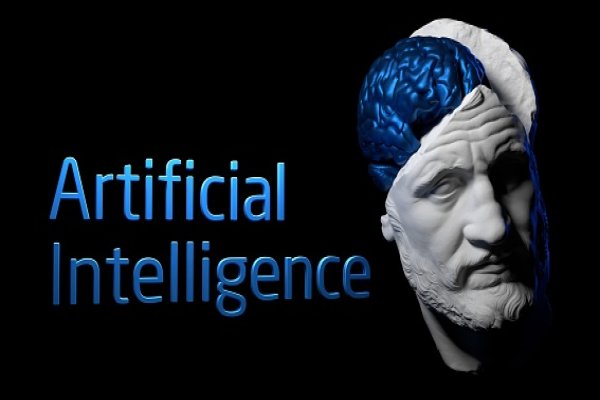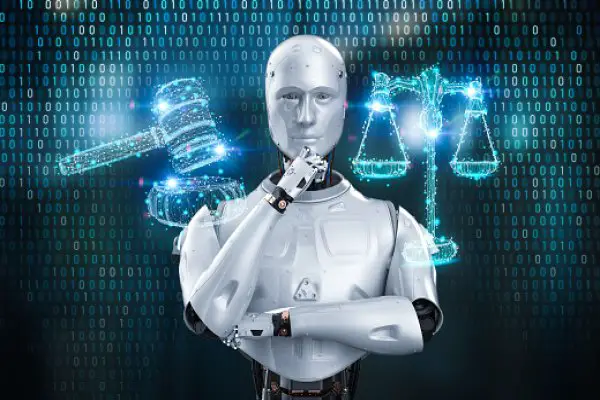Unsurprisingly, artificial intelligence (AI) has quickly become one of the most talked-about topics in technology—whether through science fiction movies or real-world applications, such as self-driving vehicles.
But what exactly is AI? How does it work? What makes up its core concepts and components? In this blog post, we’ll explore a simple definition of Artificial Intelligence so you can learn more about its murky history and understand how different forms of AI could shape our future.
What Is Artificial Intelligence? A Comprehensive Definition
Artificial intelligence began its journey as a field of study in 1956, similar to other disciplines such as chemistry and physics.
Daniela Rus, MIT’s director of the Computer Science and Artificial Intelligence Laboratory (CSAIL), expressed her thoughts.
Daniela Rus says:
“Artificial intelligence is about the science and engineering of making machines with human-like characteristics in how they see the world, how they move, how they play games, even how they learn,”
“Artificial intelligence is made up of many subcomponents, and there are all kinds of algorithms that solve various problems in artificial intelligence.”
It is common for people to mistakenly equate artificial intelligence with robotics and machine learning, though these are distinct but interrelated disciplines, each having its distinct focus. While usually machine learning is categorized under the larger field of AI, this is only sometimes the case.
Rus continues to say:
“Artificial intelligence is about decision-making for machines. Robotics is about putting computing in motion. And machine learning is about using data to make predictions about what might happen in the future or what the system ought to do.”
“AI is a broad field. It’s about making decisions. You can make decisions using learning, or you can make decisions using models.”
AI generators such as ChatGPT and DALL-E are examples of machine learning programs. However, AI is a much broader field encompassing more than machine learning. It is important to note that not all aspects of machine learning fall under the umbrella of AI.
Rus adds:
“Machine learning is a subfield of AI. It kind of straddles statistics and the broader field of artificial intelligence.”
Understanding The Relationship Between AI, Machine Learning, And Robotics
Making the AI landscape more complex is the fact that problems can be solved without relying on machine learning algorithms. An example is when a computer plays Tic-Tac-Toe, which can be achieved by employing a non-machine learning technique known as minimax optimization.
Rus went on to say:
“It’s a straight algorithm. You build a decision tree and you start navigating. There is no learning, there is no data in this algorithm.”
In 1997, IBM used an algorithm known as Deep Blue to beat chess champion Gary Kasparov. Even though this was a form of artificial intelligence, it did not employ machine learning since it was not based on gameplay data.
Rus adds:
“The reasoning of the program was handcrafted.”
“Whereas AlphaGo [a new chess-playing program] used machine learning to craft its rules and its decisions for how to move.”
AI is necessary for robots to be able to navigate their environment. They must identify obstacles and create a route from one point to another. This requires them to have the capability of interpreting their surroundings and making sense of it all.
Rus went says:
“There are ways in which robots use models like Newtonian mechanics, for instance, to figure how to move, to figure how to not fall, to figure out how to grab an object without dropping it,”
“If the robot has to plan a path from point A to point B, the robot can look at the geometry of the space and then it can figure out how to draw a line that is not going to bump into any obstacles and follow that line.”
An example of a computer making decisions without machine learning is not based on data.
After reading this post, you should have a basic understanding of what AI is and some of its potential applications. Of course, there is still much more to learn about AI and its capabilities.
As the technology continues to develop, we will likely see even more amazing and unexpected uses for it in the future. For now, though, this should give you a good starting point for further exploration into artificial intelligence.
Source: popsci.com



